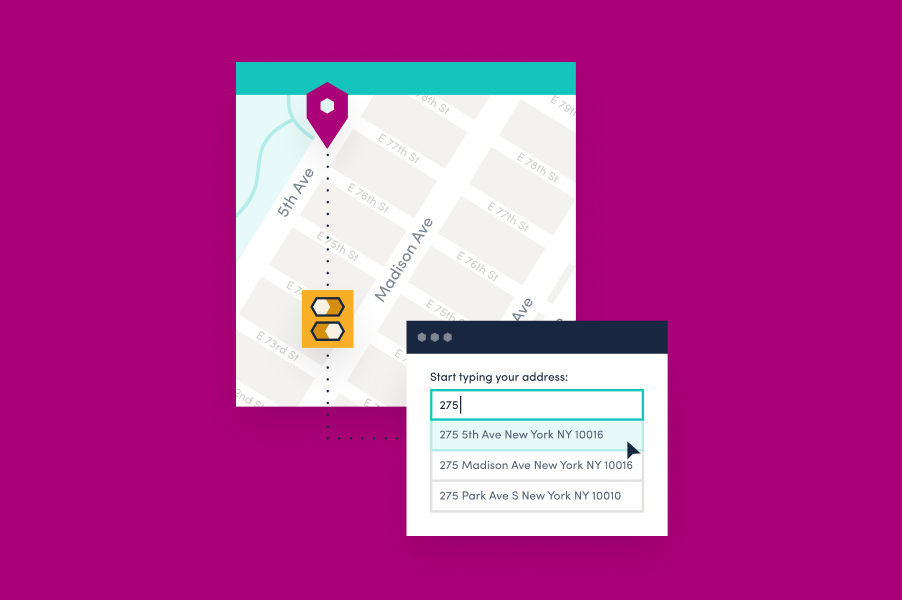What is location biasing?

Address capture prompts a customer or user with their address when they start typing it in a form, and by having them choose this address rather than enter it themselves, the chance of error falls significantly. As well as aiding accuracy, address capture also has the benefit of improving user experience by reducing the time taken to enter an address. Furthermore, address capture is proven to increase conversion and reduce abandoned carts rates.
Plenty of mobile devices and computers now have location data enabled, and through this, location biasing can improve address capture by using this data to generate smarter results. Here we look at how location biasing works, why it improves address capture compared with previous iterations, and the benefits to location biasing.
Location biasing gives far more granular and accurate results compared with past iterations of address capture. As a result, address capture solutions that use location biasing – such as Loqate – can return results in far fewer keystrokes while maintaining the same level of accuracy.
What is location biasing?
Location biasing uses a customer’s exact location based on their IP address to weight search results to locations close to them. By doing this, customers get more relevant results as not only is the name of the location a factor in the search, but the location also plays a big role.
How does location biasing work?
Location biasing takes the customer’s latitude and longitude coordinates based on an IP address or device location (if this is enabled in the device’s settings). This highly accurate location data then assists the scoring and ranking of the search results to find addresses that match the search which is also closer to the customer. Latitude and longitude work like an extra address field to make the customer’s location the principal factor in the search.
Because of this, results are returned even faster as the search algorithm is weighted towards matching addresses closer to the customer. As such, it doesn’t have to trawl the entire database before rendering a result. Equally, a customer will be able to find their address in just a few keystrokes rather than typing out the full address, as the location will narrow down the search much faster.
Even with location biasing enabled, address capture will still find an address if it’s further away from the customer because the biasing element prioritises address closer to the user – if there are none, the search proceeds and sources the address from the rest of the database.
How does location biasing improve address capture?
Some forms of address capture use a rudimentary form of location biasing whereby the customer’s latitude and longitude are converted into an address field to be used as a part of the search. However, this conversion means that the radius of the search can be broad, meaning that the results are diluted and ineffective. Location biasing as used by Loqate parses the latitude and longitude directly, meaning that they can more effectively weight the search results.
What are the benefits of location biasing?
Using location biasing reduces keystrokes and makes the address entry process much faster, which improves the customer experience for businesses. Additionally, with the localised biasing element, customers are more likely to enter the correct address. The increased accuracy is because the search results are based on the location rather than a similar address.
Find out how address capture with features such as location biasing will improve your business by signing up for a free trial now.